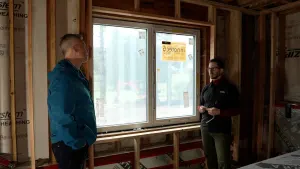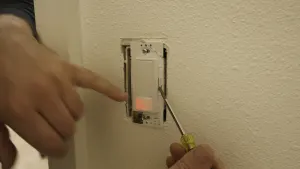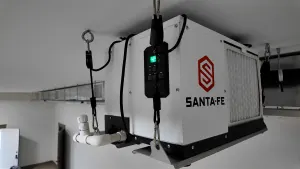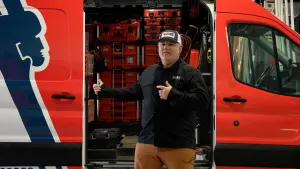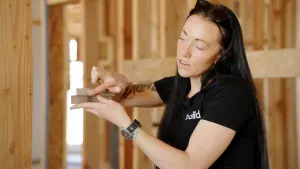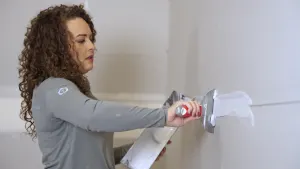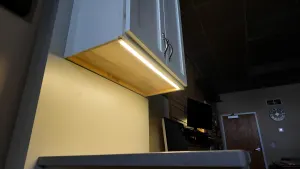Texas Deep Energy Retrofit
Explore this six-pronged approach to a deep energy retrofit. In this video, Matt Risinger, is at a whole-house remodel of a 1950's home. More than a normal remodel, this home represents a deep energy retrofit, where there is a focus on six different changes, including the complete HVAC system, the insulation system, the addition of "outsulation", air sealing, changing out windows and doors and a move to a conditioned attic. In this video, you'll look at each item individually beginning with the HVAC system. The home is a two-story that was remodeled approximately 10 years ago when a new section was added with new framing and new batt insulation. The HVAC system covering the new and old sections were bottom-of-the-line systems and performance was low. All new ductwork is added, in a addition to two brand new systems (a Mitsubishi low static pressure variable refrigerant flow (VRF) system for the upstairs). In the largest zone is an American-standard gas furnace addition that is 95% efficient, coupled with a two-stage compressor on the outside. An UltraAire XT 150 dehumidifier is installed, as well. Insulation includes spray foam in all of the cavities and roof line. Outsulation is being added on the top of the roof deck. Underneath the metal roof is two inches of rigid foam for an R-14 on the roof deck. Spray foam is added inside the house and then on the outside walls for an entire wrapping of the outside walls of the house. The conditioned attic is fashioned with spray foam at the roof deck and there is rigid foam on top. At least 5.5" to 7.5" is added. The ductwork, even though new, will have some duct loss, in this case testing down to approximately 4% that is leaking into a conditioned attic. While most unconditioned attics in Austin Texas get to 140 degrees in summer, this attic will only be 5 degrees hotter than the thermostat downstairs. The spray foam also air seals, especially where the rafters meet the top of the walls. When considering a remodel, it's an excellent time to deep energy retrofit the home.

 Share on facebook
Share on facebook Tweet
Tweet Email
Email Share on Linkedin
Share on Linkedin






